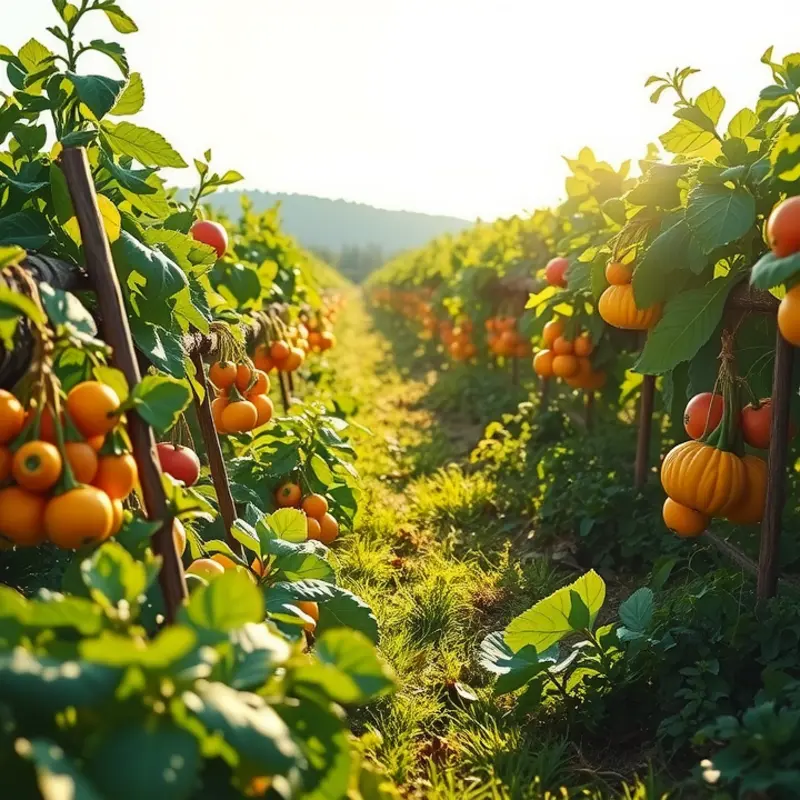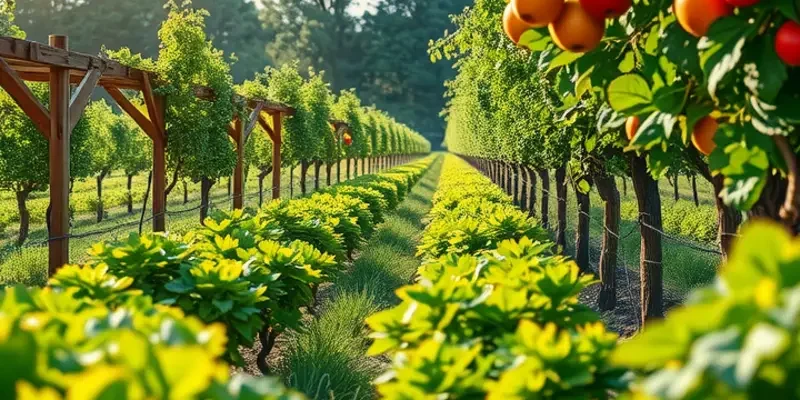Enhancing your dishes through sauce finishing can be a game-changer in your cooking journey. Rapid sauce finishing techniques allow home cooks of all levels to elevate flavors and impress their guests without complex processes. This guide offers practical tips to create stunning sauces quickly, adding a professional touch to your meals.
The Art of Quick Sauce Prep

Mastering the art of quick sauce preparation involves laying strong culinary foundations with simple bases. A sauce needs a few core ingredients to transform any dish from ordinary to extraordinary. Start by selecting high-quality staples such as olive oil, vinegar, garlic, and seasonal herbs. These elements create a balanced, flavor-enhancing backdrop to virtually any sauce.
Herb Infusions and Aromatics
Effective sauce bases often start with aromatics. A finely chopped onion or a few cloves of minced garlic sautéed in a splash of olive oil set the stage for deeper flavors. For a more herbal note, add thyme or rosemary during this initial cooking phase. Combining plant-based ingredients like these enhances the base’s complexity, allowing the sauce’s flavors to meld smoothly.
Essential Tools for Speedy Sauce Making
Having the right tools on hand will significantly reduce preparation time. A good set of sharp knives handles precise chopping and mincing tasks efficiently. Meanwhile, a sturdy saucepan ensures even cooking. For quicker reduction and thickening, a whisk or a silicone spatula aids in constant stirring, preventing lumps and ensuring a smooth texture.
Creating Versatile Base Sauces
A basic white sauce, or bechamel, provides a creamy foundation versatile enough to elevate pasta dishes or casseroles. Begin by melting butter over medium heat, then whisk in an equal part of flour. Cook for a minute to form a roux, adding milk gradually while whisking until smooth. Bechamel is a blank canvas—infuse it with nutmeg or bay leaf for an added depth.
For a tomato-based alternative, use canned tomatoes or passata. A touch of olive oil, garlic, and onion sautéed together before adding tomatoes will enrich the sauce. Simmer gently to allow the flavors to amalgamate, finishing with salt, pepper, and a hint of basil.
The Power of Reduction
Reducing a sauce by simmering not only thickens it but also concentrates the flavors. This technique is invaluable during a time crunch as it brings out richness with minimal effort. Keep the sauce at a gentle simmer, stirring occasionally, until it reaches the desired consistency.
Curiosity for exploring diverse ingredient uses also supports quick adaptations in sauce prep. Dive into how unexpected elements can enhance sauces by exploring more Vinegar Alternatives.
Familiarize yourself with these methods to make sauce creation an intuitive, virtually effortless part of your cooking repertoire. Each attempt further finetunes these skills, fast-tracking your culinary progress and confidence.
Finishing Touches: The Final Steps

Unlocking the hidden potential of a sauce lies within the artistry of its final touches. The moment before serving is crucial, inviting the chef to refine, balance, and elevate flavors to new heights.
Seasoning with Precision
A delicate hand is needed when finalizing the seasoning of a sauce. Salt, often the last addition, enhances the natural flavors without overwhelming them. It’s advisable to add salt a pinch at a time, allowing the sauce to simmer gently so the crystals dissolve completely. The goal is harmony, not domination. A touch of acid—like a splash of lemon juice or a dash of vinegar—awakens the palate and rounds off the flavor profile. To dive deeper into the myriad options of acidity, consider exploring vinegar alternatives for salads, which can also apply to sauce crafting.
Oils for Depth and Luster
Incorporating oils into your sauce not only contributes to its richness but also to its visual appeal. Drizzling in a small amount of high-quality oil at the end, particularly those with robust flavors like extra virgin olive oil or toasted sesame oil, can lead to noticeable improvements. The oil acts as a carrier for aromatic compounds, enhancing the nose while adding a glossy finish. A thin ribbon of these oils on top of a finished sauce can provide just the finishing touch of elegance and depth.
Creating Emulsions
For a sauce with a creamy texture, mastering emulsion is key. An emulsion marries two liquids that naturally resist mixing, like oil and vinegar, into a harmonious blend. Vinaigrettes and hollandaise sauce are prime examples of emulsions that can elevate a dish. Start by whisking a small amount of liquid into a thicker agent, such as egg yolks or mustard, then gradually incorporate more to build a stable matrix. The resulting creamy and cohesive texture can make a sauce feel luxurious and indulgent.
Herb Infusion
The strategic use of fresh herbs can introduce a new dimension to your sauce. Add delicate herbs like basil, parsley, or tarragon off the heat to prevent them from losing their vibrant flavors. Gently muddling them before folding into the sauce allows the oils to release, enhancing aromatics without overpowering the primary ingredients. For sauces where depth is desired—such as red wine or tomato bases—try steeping heartier herbs like thyme or rosemary earlier, then composting them before the final seasoning.
Balancing Acts
Culinary balance often hinges on the delicate adjustment between sweet, salty, sour, and umami. A pinch of sugar or honey can counteract overly acidic components. Conversely, a fragment of soy sauce or a dollop of reduced broth can accentuate savory notes. The final touches should always focus on achieving a seamless integration of these elements.
Though subtly applied, these finishing techniques transform a good sauce into a remarkable one, enriching both its essence and execution. Like the strokes of an artist adding the last highlights to a painting, your final flourishes make your creation truly exceptional.
Final words
Mastering rapid sauce finishing can significantly elevate your dishes, giving them a professional flair. By understanding the basics of quick sauce preparation and finishing techniques, home cooks can infuse their meals with vibrant flavor and visual appeal. Remember, the key is to keep it simple and embrace fresh ingredients. The next time you’re in the kitchen, experiment with the methods discussed here and enjoy the delicious results of your culinary creativity.







